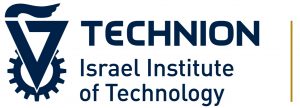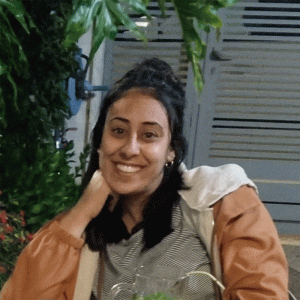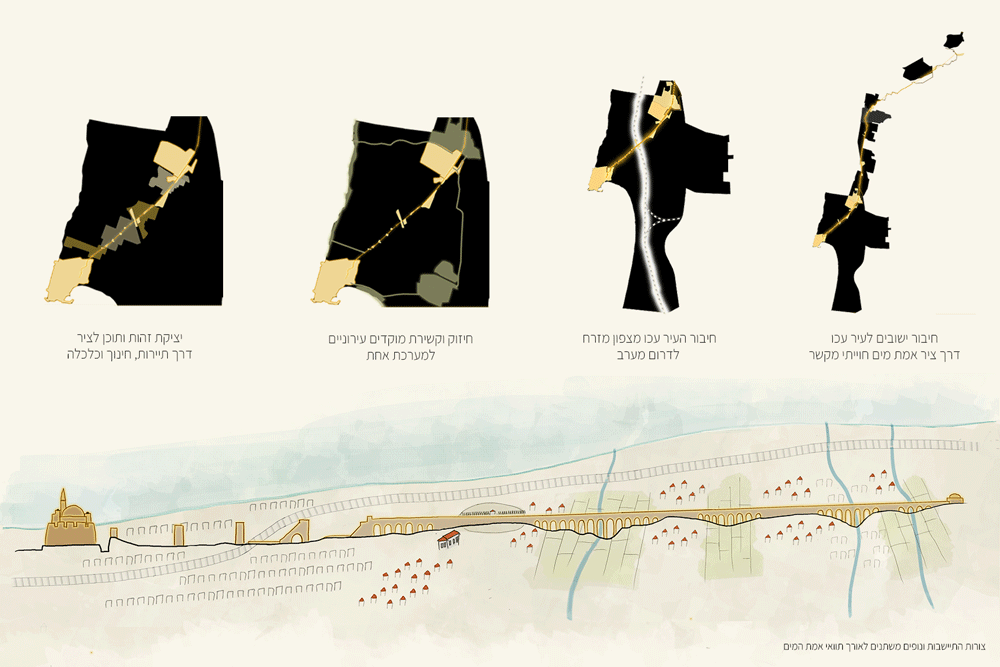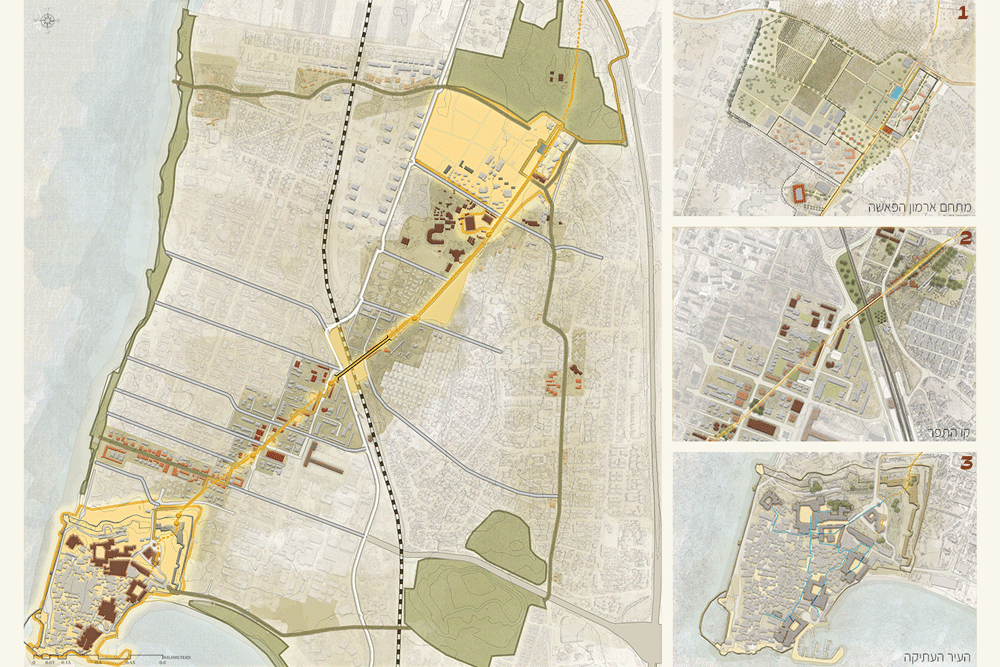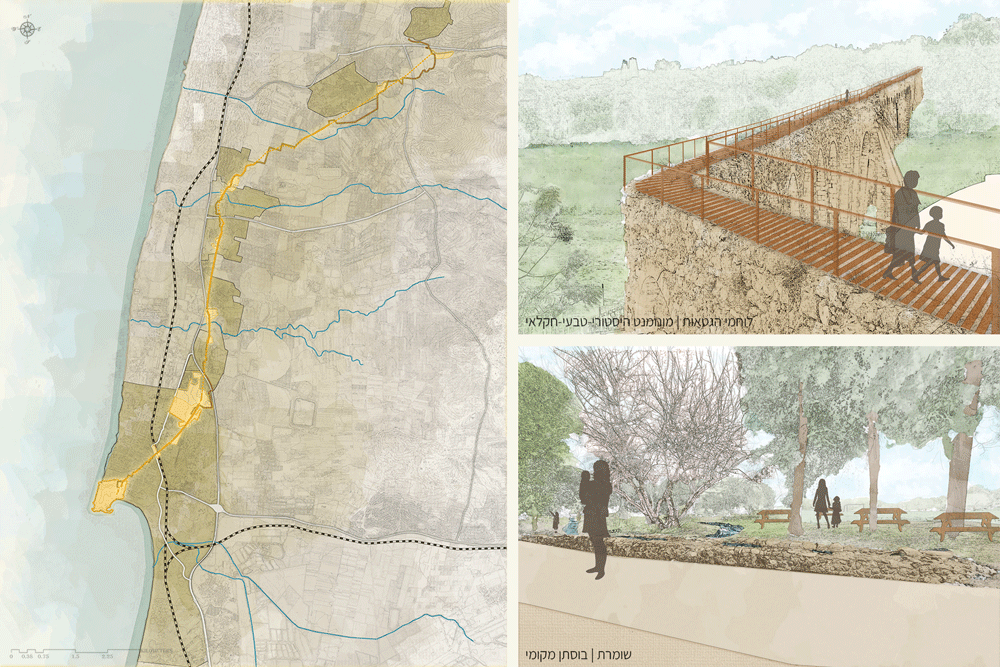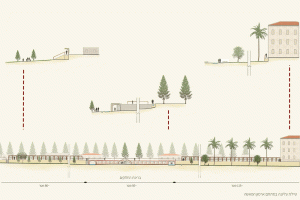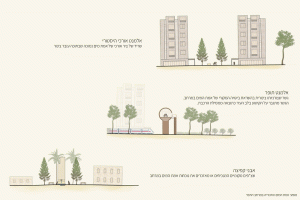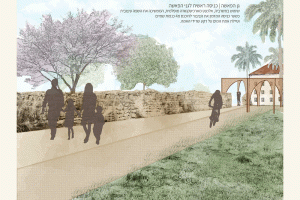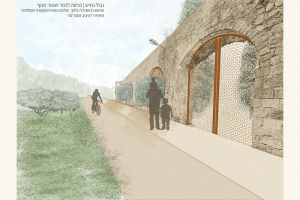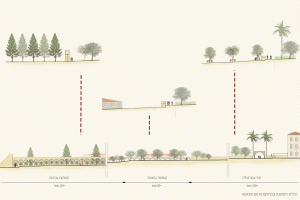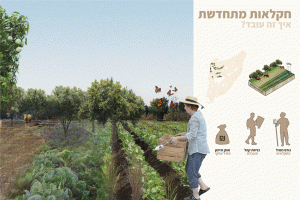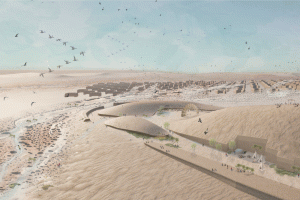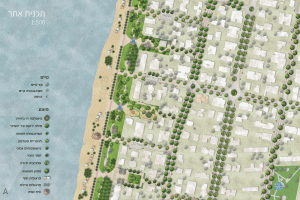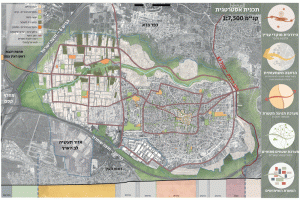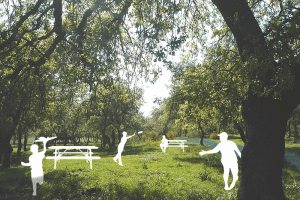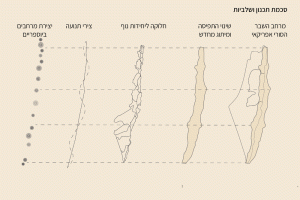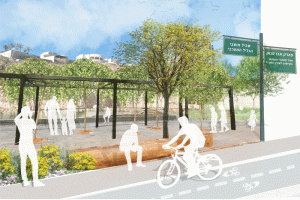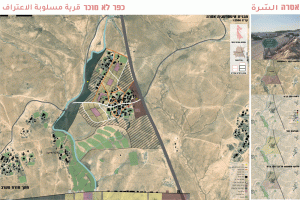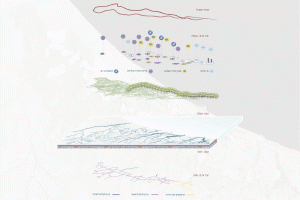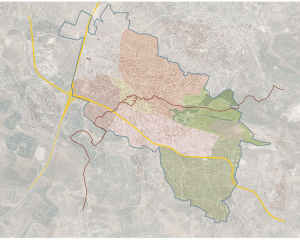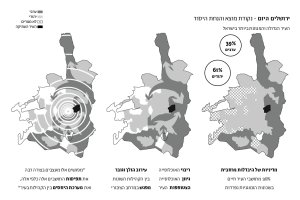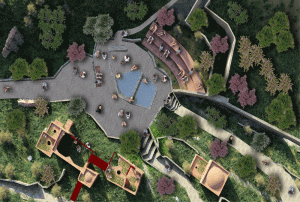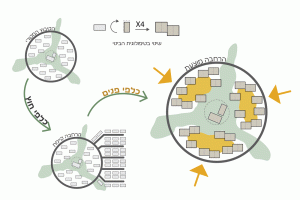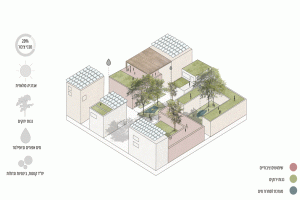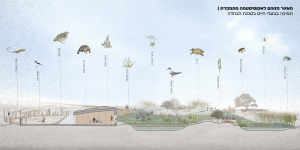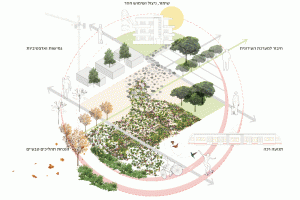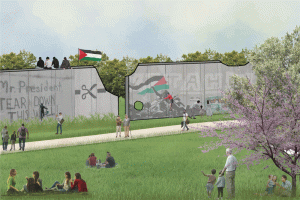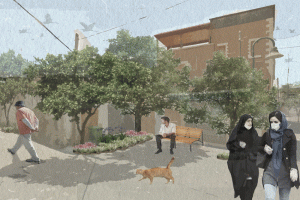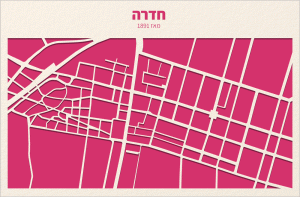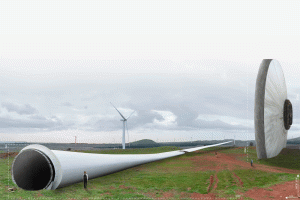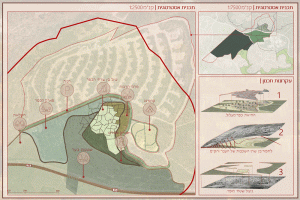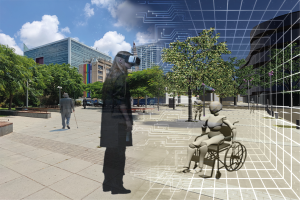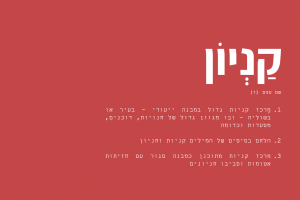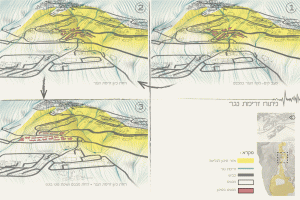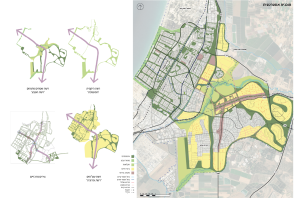Between two cities – the Ottoman aqueduct as a connecting element in Acre and its surroundings.
In recent years, a national effort has emerged to promote urban densification, driven by population growth predictions. Consequently, natural open spaces in Israel are gradually diminishing, with the Golan Heights representing the last continuous stretch of natural landscape from northern regions to Be’er Sheva. Current development plans threaten the Golan’s unique landscape, which includes vast basaltic lands, flowing rivers, and grasslands essential for the livestock industry. The livestock sector occupies approximately 60 percent of the Golan’s territory, leading to environmental degradation and exacerbating the climate crisis.
The Golan Heights’ potential role in national development efforts may lie in preserving its open spaces, which could become a rare and essential resource for Israeli residents in the near future. In this context, the project proposes an alternative planning approach that emphasizes the values of the Golan’s landscape while addressing population growth and enhancing the local economy through agriculture.
The primary action plan involves defining new statutory entities, such as grazing reserves and regenerative agricultural areas, alongside established entities like ecological corridors, nature reserves, and national parks. Each entity will be based on a sustainable economic model, creating a cohesive system of open spaces.
Transforming the cattle grazing industry, introducing alternative protein sources, and gradually shifting from conventional to regenerative agriculture will yield both economic and environmental benefits, generating employment opportunities for residents while ensuring the preservation of the unique open space system.
The Golan Heights has experienced numerous changes over time, from the Pleistocene period to its later occupation by Israel. These changes have primarily influenced settlement patterns and agricultural landscapes. The proposed planning integrates values from the Golan’s historical contexts and aims to establish a new chapter in its evolution. This approach seeks to balance natural systems with human activities, offering a sensitive integration into the existing landscape and providing platforms for observation and experiential engagement with the environment.
